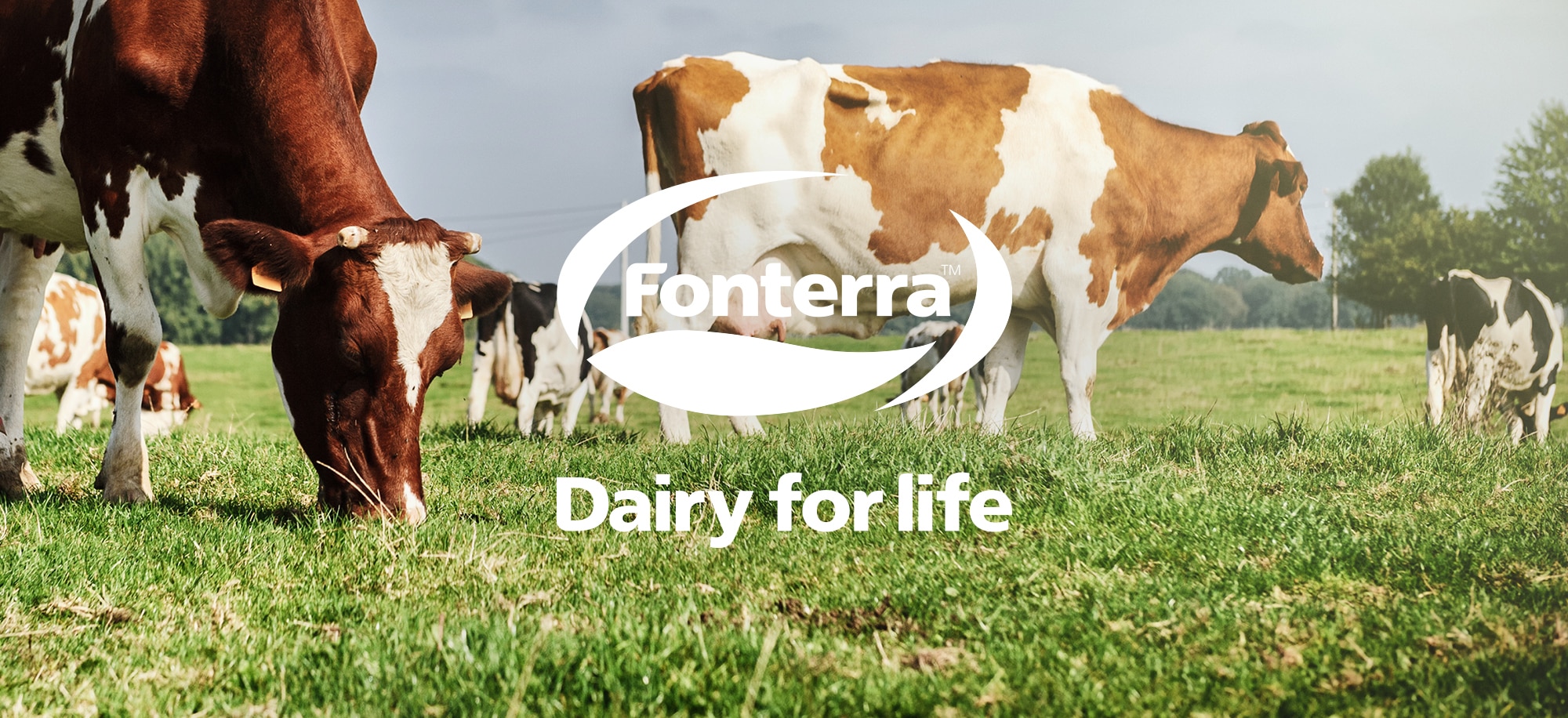Fonterra is a global dairy cooperative of 10,000 farmers with brands in over 150 countries, accounting for about a third of the world’s dairy trade. According to Tim Opie, GM Global Insights & Strategic Planning, the organization has been working hard to shift thinking from a supply-based company asking “how do we fill stainless-steel plants?” to a consumer-driven company that asks “how do we fill customer shopper needs, wants and desires?”
This was the key driver behind their collaboration with Market Logic. The Fonterra market insights platform, the “Insight Farm,” is home to a digital insights workspace where Fonterra’s “Insights Farmers” can search for past insights, generate new insights in automated research workflows, and engage the business with visually rich and interactive stories.
Cultivating the land and insights
According to Tim, the name “Insights Farm” was inspired by the regenerative agriculture movement. – how can the business cultivate growth through insights? Just as farmers are thinking of effective ways to give back to the land by recycling to boost yield, so must the insights experts reuse insights to drive winning decisions? In this context, the Fonterra insights team drive their work with four core values:
- Reuse of insights as an asset to drive ROI
- Removal of wasted marketing and sales time
- Reduced duplication of work and project briefs
- Reallocation of time
Thanks to the Insights Farm, Tim says these drivers have helped Fonterra’s global insights team to move from a technical role executing new research projects, to a much more strategic role.
They’ve shifted from questions like “how do I measure performance?” to “how do I fundamentally drive performance?” Or, “how do I react to briefs?” to “how do I proactively provide pathways for growth?” Those shifts have been the foundation of the Insights Farm’s success.
A journey towards a better understanding
Since the Insights Farm launched in early 2020, the journey has focused on publishing the latest insights and intelligence, underpinned by curated knowledge zones. Within six months of launching, the Farm has over 250 unique users and 2,000 searches per month, with over 50 new requests for new users who want to sign up, every month. That’s no surprise when you consider that the platform is already home to over 50,000 pieces of content worth $57 million.
The COVID context
Contextualizing insights is a key piece of the Insights Farm’s work. Within days of the pandemic, a COVID-19 knowledge zone was created on the Insights Farm that allowed collaboration across core commodities, consumer and food services businesses. Tim says this resource was “critical in enabling our teams to drive action amidst the uncertainty.”
The COVID-19 knowledge zone supported the business in four ways:
Firstly, it explained how COVID was playing out throughout the world and inside various markets. This was crucial in the early days, when insights teams were bombarded with at least 20 pieces of insights work per day. Tim described the zone as “a GPS Wayfinding system to help filter out the noise, channel appropriate conversations, and drive action”.
Secondly, it equipped stakeholders to make sense of the changes that were happening before their very eyes. For example, some business managers saw sustainability as a key platform for the business, but panic buying made this seem like an afterthought.
The knowledge zone helped identify the moment when consumer behavior shifted from panic buying to understanding the positive impact that a slowed down the global economy was having on the environment. He said “people saw a very distinct opportunity, a much bigger opportunity, for sustainability in the context of COVID than there would have been otherwise. And that wouldn’t have been possible if we didn’t have that contextual change clearly explained in our timeline.”
Thirdly, the COVID knowledge zone also helped Fonterra’s insights team build “inside out” connections, by reviewing pieces of internal analysis (internal supply chain reviews, etc.) and enhanced these with the external market, consumer, customer and industry context. This allowed the team to go deep and wide, connecting with people across the business.
Finally and fundamentally, Tim said the Insights Farm helped Fonterra to structure and curate insights in a way that made sense for their business. Part of that work involved organizing content through the lens of channels, e.g. food service, consumer branded business or ingredients business, etc., bringing business responses back into the zone to share views and reapply learnings.
This created a platform for brand teams to see what other brands were doing and deploy similar ideas in their own contexts. It also laid a strong foundation for the insights team to develop hypotheses for future consumer scenarios.
In summary:
All in all, the Insights Farm has provided Fonterra’s insights team with the technical infrastructure to do what they already do best: drive action through insights. This meant that when the pandemic hit, they were well-positioned to understand the crisis and anticipate what their consumers needed most.
